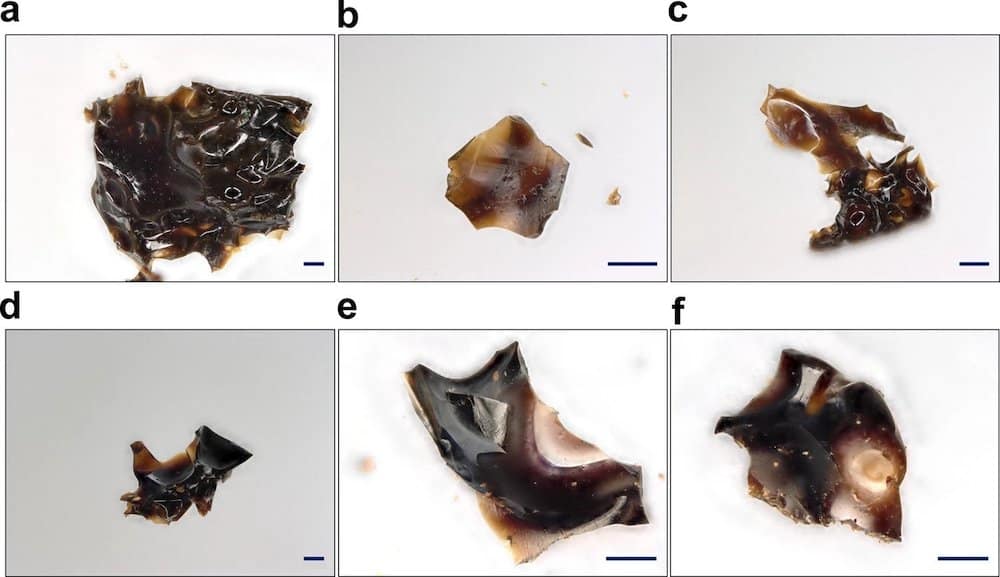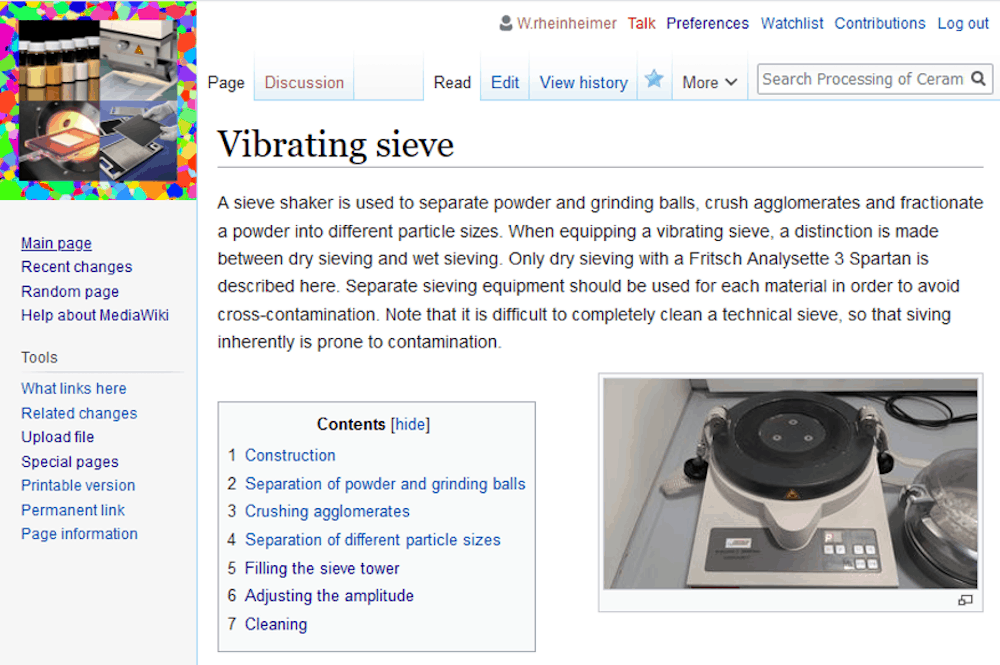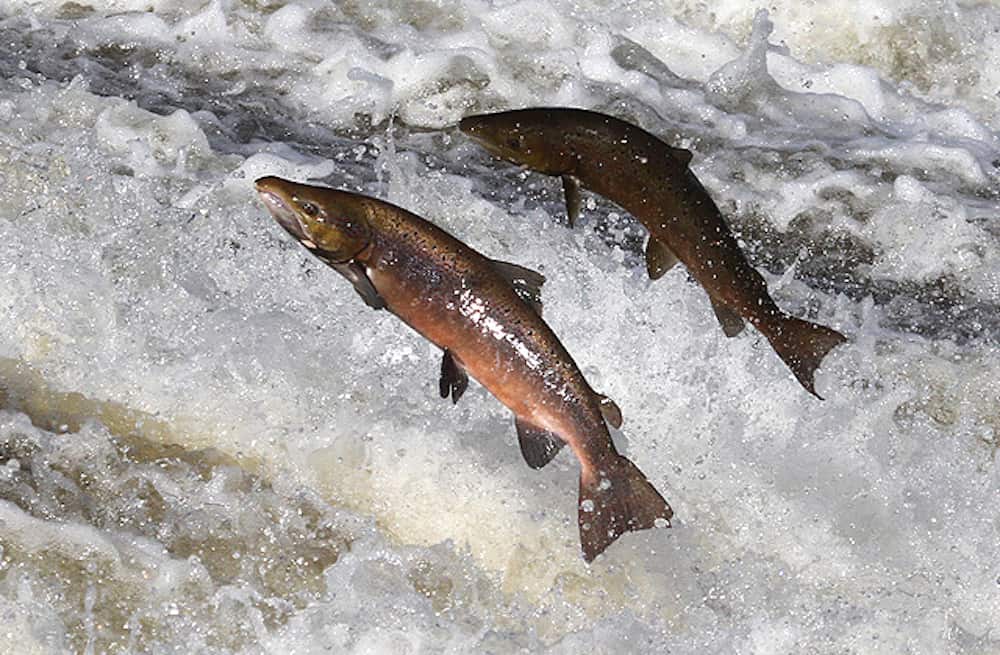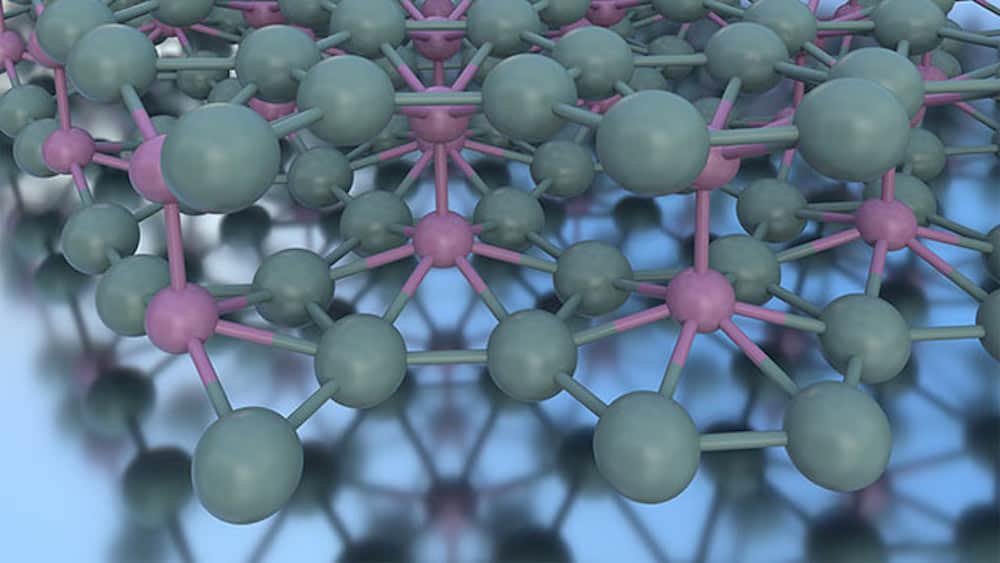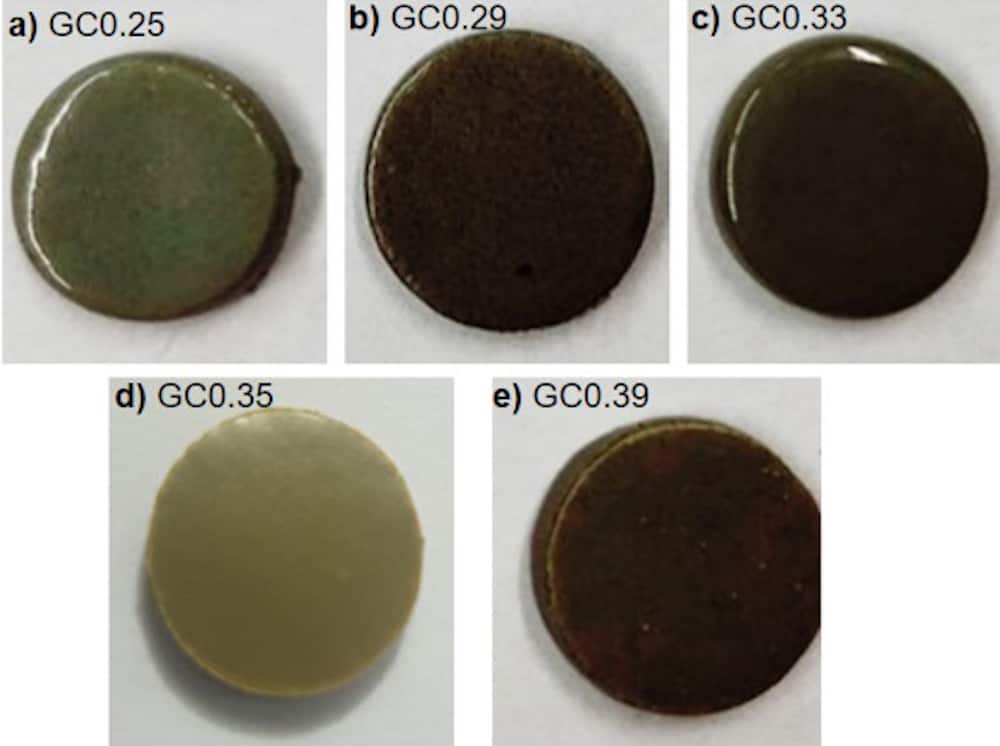The use of transparent ceramics as a gain medium in lasers is an evolving field, and there is still much to learn about how processing parameters affect the ceramics’ performance. Researchers in Singapore and China published two papers investigating the possible effects of a standard sintering aid and dispersant on lasing performance.
Read MoreFunctionalizing hexagonal boron nitride is difficult due to bonding within the material’s structure. A group led by researchers at The Pennsylvania State University demonstrated the potential of cryomilling to functionalize hexagonal boron nitride through defect engineering.
Read MoreCeramic matrix composites have numerous applications in aerospace, including as radomes to protect sensitive radar devices in an aircraft’s nose. Researchers in China investigated a new way to prepare polymer-derived ceramic fibers for radome composites.
Read MoreThe highly automated and continuous pultrusion process offers several benefits over traditional manufacturing processes. Researchers led by Skolkovo Institute of Science and Technology explored the potential of pultrusion to produce shape memory polymer composites.
Read MoreTo date, there are few textbooks that cover the topic of ceramic processing well. A new wiki initiated by ACerS members Olivier Guillon and Wolfgang Rheinheimer provides a platform for practical articles to help anybody working on ceramics to set up their lab.
Read MoreSiC/SiC composites are one of the main ceramic matrix composites being investigated for aerospace applications. Researchers from Germany and China explored the potential of shaping such composites using the “gentle” machining process of plasma etching.
Read MoreCompared to other meats, fish remains a relatively underutilized waste source in rendering processes. An international team of researchers investigated the possibility of deriving calcium phosphate bioceramics from salmon fish bone wastes.
Read MoreSynthesizing multilayer borophene is difficult because of the tendency of boron atoms to cluster. Researchers at Northwestern and Rice Universities discovered they could synthesize bilayer borophene by growing it on a special silver substrate.
Read MoreIn Colombia, industrial wastes such as rice husk and coal ashes are disposed of in uncontrolled landfills, generating high environmental impact. Researchers in Colombia and Spain explored turning these ashes into glass-ceramic materials as a way to keep them out of landfills.
Read More




